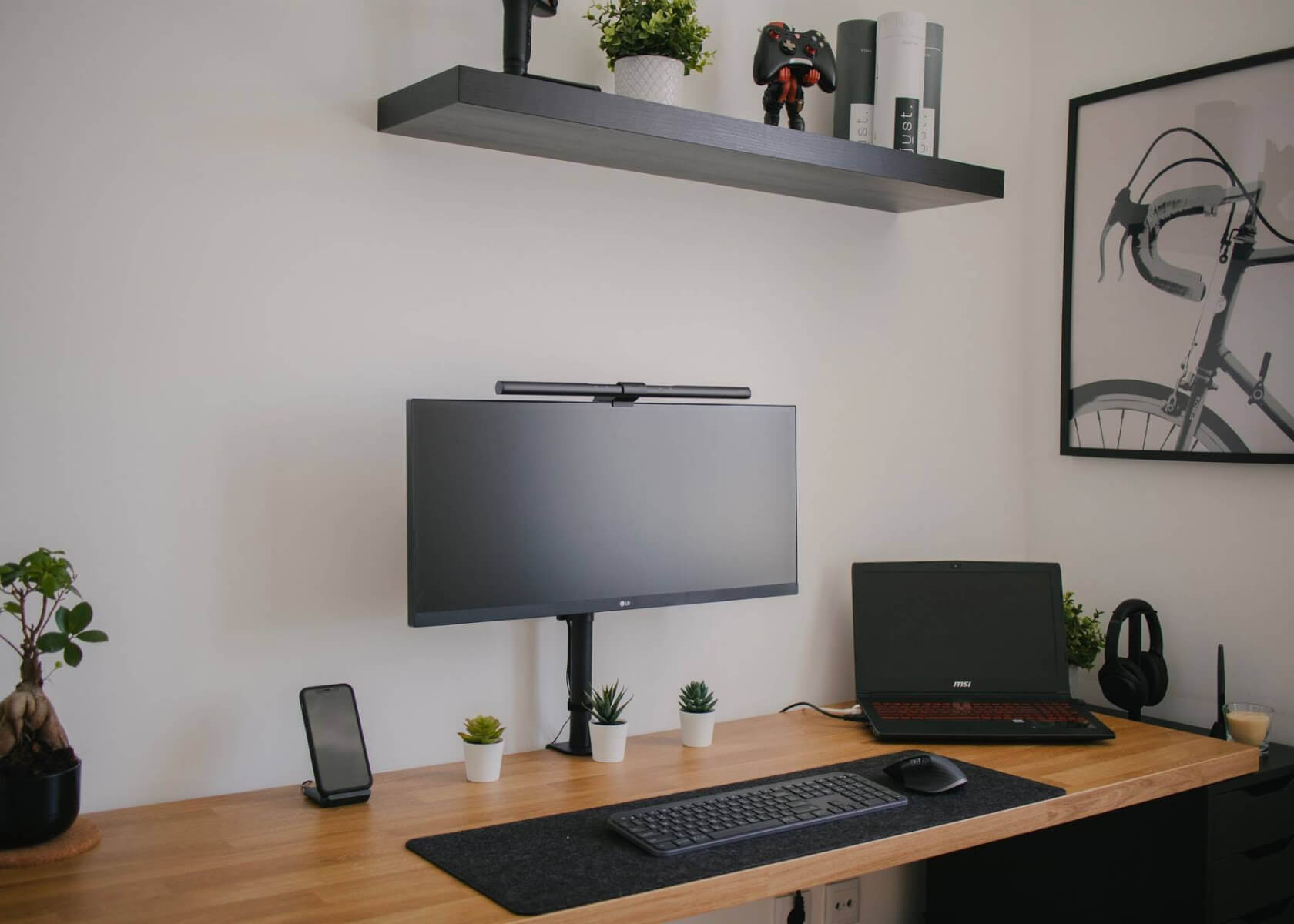Designing Template Pages for a Recipe Book: Layout, Styling, and Organization of Recipe Content

New to Notion?
How to Design Template Pages for a Recipe Book in Notion
Notion is a versatile tool that lets you create beautiful and functional templates for various purposes, including designing pages for a Recipe Book. With Notion’s flexible layout options and customization features, you can build visually appealing and well-organized recipe pages that are easy to navigate and follow. This article will guide you through the steps to design a recipe page template, focusing on layout, styling, and efficient content organization using current Notion features and best practices.
1. Planning Your Template
Before diving into your design, take time to plan what you want to include in your recipe pages. Consider the following:
- Types of recipes: Decide on the range of dishes such as appetizers, main courses, desserts, etc.
- Sections and categories: Organize your Recipe Book into clear sections to create a logical structure.
- Key elements: Identify the essential details for each recipe, like the recipe name, ingredients, instructions, cooking time, difficulty level, and nutritional information.
A well-thought-out plan helps streamline the design process and ensures consistency throughout your Recipe Book.
2. Creating a Template Page
To start designing your Recipe Book template:
- Click the + button in the left sidebar to create a new Notion page.
- Choose "Page" and select a pre-built template that fits your style, or select "Blank" to create your own layout from scratch.
Designing a blank page gives you full control over layout, styling preferences, and custom content blocks.
3. Defining the Layout
The layout of your Recipe Book template plays a crucial role in effectively showcasing your recipes. Here are some layout ideas to consider:
a. Single Column Layout
A single column layout offers a clean and straightforward design. It is ideal for listing recipe details linearly. Use headers and subheaders to clearly separate sections such as ingredients, instructions, and notes.
b. Multiple Columns Layout
For recipes that require additional context or supplementary information, consider a multiple columns layout. For example, you could dedicate one column to the main recipe text and another to include side notes or tips. This approach adds visual interest without cluttering the page.
c. Grid (Gallery) Layout
Notion now offers an easy-to-use gallery view ideal for showcasing many recipes on one page. Each grid cell can display key information like the recipe name, a brief description, and a featured image. This layout works great if you want to create an index or overview page for your Recipe Book.
4. Styling Your Template
Customization is key to making your Recipe Book visually appealing. Here are some updated styling tips:
a. Fonts and Typography
Choose fonts that are both attractive and legible. Notion offers several font options—experiment with them to find a balance between style and readability. Use text sizes and styles (e.g., bold, italics) to emphasize section headers, subheaders, and body text.
b. Colors and Themes
Develop a consistent color scheme that reflects the tone of your Recipe Book. Apply these colors to headings, dividers, and highlights. You can further personalize your template with background images or custom cover photos that Notion now supports.
c. Icons and Decorative Elements
Enhance your pages with icons or emojis to represent different recipe categories, such as 🍰 for desserts or 🍲 for main courses. Decorative dividers and bullet points can also add a playful touch to the visual design. Notion's regularly updated library of stickers and icons can help you keep your design fresh.
5. Organizing Recipe Content
An organized layout makes recipes easy to read and follow. Use these strategies:
a. Use Sections and Subsections
Break your recipe page into clearly defined sections with headers. This structure helps users quickly locate parts of the recipe such as ingredients and instructions. Consider using toggle lists for sections that users might want to collapse, maintaining a clean look.
b. Bulleted Lists for Ingredients and Steps
Present ingredients and step-by-step instructions using bulleted or numbered lists. This format not only makes the information scannable but also allows users to check off items as they progress through the recipe.
c. Include Nutritional Information
If you choose to provide nutritional details, designate a specific section for calories, macronutrients, and other health information. This can help users make informed dietary choices. You can refer to additional resources like this Dietary guide for more ideas.
6. Creating Recipe Pages from the Template
After designing your Recipe Book template, create individual recipe pages by duplicating the template. Each duplication maintains the overall style while allowing you to fill in specifics—such as unique ingredients and custom cooking instructions. This approach ensures consistency, making it easier for readers to navigate and enjoy your collection.
Conclusion
Designing template pages for a Recipe Book in Notion offers a fantastic way to showcase your culinary creations in an organized, visually appealing, and user-friendly format. By following the steps outlined above and taking advantage of Notion’s new features—like the gallery view, toggle sections, and enhanced styling options—you can craft a Recipe Book that reflects your personality and creativity. Enjoy the process of designing a template that will inspire cooking enthusiasts and make your recipes shine!


